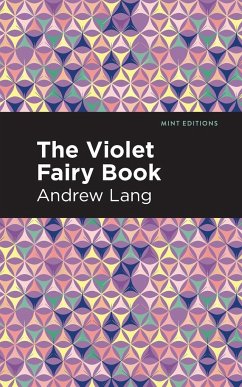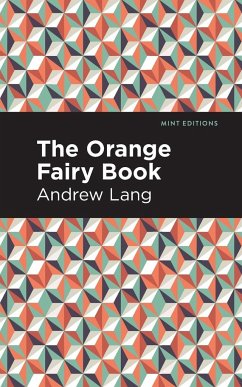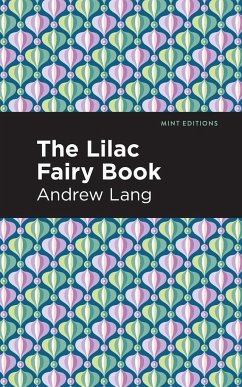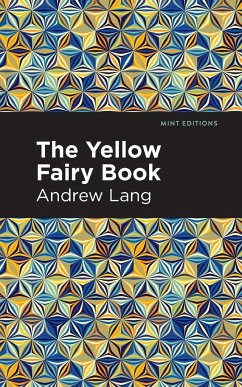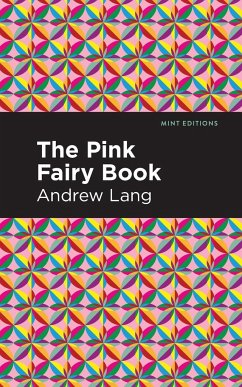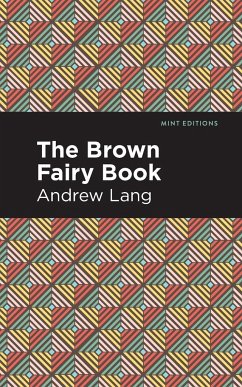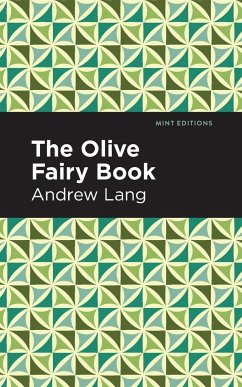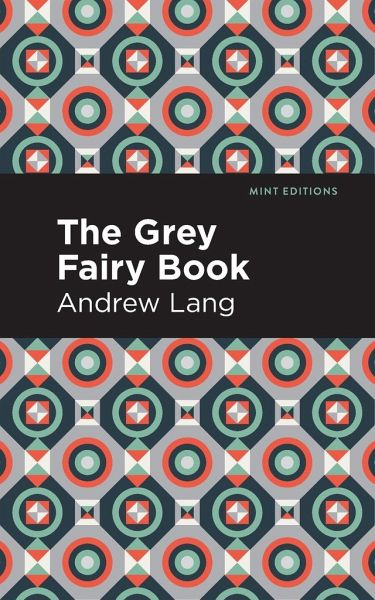
The Grey Fairy Book
Versandkostenfrei!
Versandfertig in 1-2 Wochen
12,99 €
inkl. MwSt.

PAYBACK Punkte
6 °P sammeln!
Originally published in 1900, The Grey Fairy Book ushered in a new collection of timeless stories from diverse authors with large followings across the globe. Andrew Lang presents an elite selection of moral and ethics-based tales. Author Andrew Lang's The Grey Fairy Book is a compilation of 30-plus stories from around the world. It's a colorful display of morality tales featuring dwarfs, magicians and monsters. The book consists of popular children's stories such as "Donkey Skin," "The Story of Bensurdatu," "The Daughter of Buk Ettemsuch" and "Laughing Eye and Weeping Eye, or the Limping Fox....
Originally published in 1900, The Grey Fairy Book ushered in a new collection of timeless stories from diverse authors with large followings across the globe. Andrew Lang presents an elite selection of moral and ethics-based tales. Author Andrew Lang's The Grey Fairy Book is a compilation of 30-plus stories from around the world. It's a colorful display of morality tales featuring dwarfs, magicians and monsters. The book consists of popular children's stories such as "Donkey Skin," "The Story of Bensurdatu," "The Daughter of Buk Ettemsuch" and "Laughing Eye and Weeping Eye, or the Limping Fox." Lang delivers each tale with his signature prose and an easy-to-read format. The Grey Fairy Book stems from a long line of oral and written traditions. It contains stories that have survived years of social and political change. For more than a century, Lang's collections have sustained these histories to become staples within children's literature. With an eye-catching new cover, and professionally typeset manuscript, this edition of The Grey Fairy Book is both modern and readable. Since our inception in 2020, Mint Editions has kept sustainability and innovation at the forefront of our mission. Each and every Mint Edition title gets a fresh, professionally typeset manuscript and a dazzling new cover, all while maintaining the integrity of the original book. With thousands of titles in our collection, we aim to spotlight diverse public domain works to help them find modern audiences. Mint Editions celebrates a breadth of literary works, curated from both canonical and overlooked classics from writers around the globe.



